Top-Performance Advice from the Best of the Best

For viewers, the Olympics are two or so weeks of thrilling feats that defy the limits of physical endurance, but for the athletes it’s the culmination of a lifetime spent in grueling training, overcoming all kinds of obstacles including their own limiting mind-sets. Here are some performance and leadership insights from Olympians and those inspired by them.
First, Be Sure You Want the Goal You Seek
Even before the Olympics start there’s fierce competition for where they’ll be held. Author of The Perfect Pitch, Jon Steel, says cities vie for the prestige but also the billions that come in revenues when they host the event. In 2005, only London and Paris remained as contenders for the 2012 Olympics, but London won out due to its “perfect pitch,” where it first carefully analyzed the people it was presenting to, and on top of detailing the facilities it had and local amenities, presented a plan targeted to draw in younger enthusiasts.
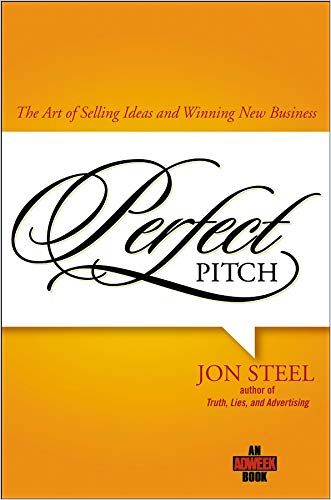
However, cities striving to host the Olympics often come to regret winning the honor. In Circus Maximus, sports economist Andrew Zimbalist outlines the thrill of world sporting events like the Olympics and the agony of debt that often follows in their wake. While some cities like Barcelona generated millions and useful sports facilities due to their wise planning, other cities were stuck with giant, largely unused venues. The stadium Beijing built ahead of the 2008 Olympics for $460 million stands empty today, although maintenance costs $10 million annually. In addition to facilities, cities also need to factor in enhanced security, which can run $1-$2 billion. Hopeful cities might want to follow the advice of several Olympians and visualize the end goal first.
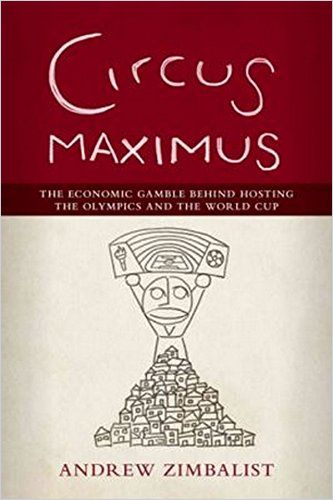
When London won the bid in 2005, the initial total cost estimate was $5 billion. The National Audit Report asserted that total costs…of the games were roughly $15.7 billion.
Andrew Zimbalist
It’s All About Mind-Set
Former Olympic ski racer Vince Poscente points out the problems inherent in achieving conscious goals in The Ant and the Elephant, a parable about visualizing goals to overcome the elephant-sized subconscious mind that’s charting its own course, and instead work with it to achieve your dreams through a conscious strategy.
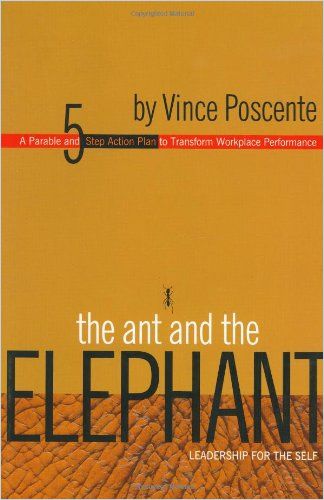
His “Five-Step Action Plan” will take you from envisioning your goals, through commitment to improving your performance, to confidence that you can succeed despite obstacles.
We live in a world of instant gratification, but we need to fight that pressure and remember that the worthiest goals take time and energy.
Vince Poscente
It’s easy to know you need a game face, but it’s harder to get there. Psychiatrist and trading coach Ari Kiev recommends meditation, yoga and single-pointed focus on a goal leads to an unbeatable mind-set both on the field and in the world of trading stocks. “Stock market Olympians” contend with the same negative self-images other top performers struggle with. Examine the reasons you make the decisions you do. Do you subconsciously think you don’t deserve to win? Do you sabotage yourself if you do?
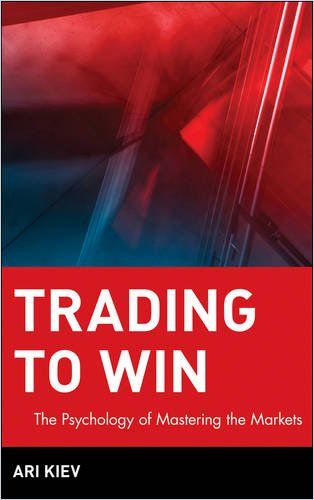
By focusing on the present moment, you accept the challenges and the fears that come with pursuing your goal without dwelling on them: You let them go to act and react in the present. Commit to the changes you need to make, but also “surrender to the forces of the game.”
Focus on Small Goals Until It Adds Up to Big Achievement
Former Olympian Bonnie St. John competed with an artificial leg. In Micro-Resilience, co-written with her husband Allen P. Haines, these two business coaches talk about how small changes can add up to life-changing habits. They set out a series of frameworks to harness your brainpower, your attitude, calm your body and “renew your spirit” to become, over time, the champion you aim to be.
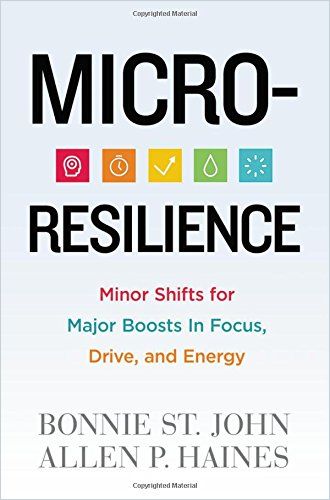
As Daniel James Brown recounts in his riveting history The Boys in the Boat, the challenges couldn’t get much steeper for the nine crew members of the US Olympic rowing team competing in Nazi Berlin in 1936. The members joined the team in the first place in order to get a part-time job at the University of Washington where all were struggling financially to continue their studies. The team faced setback after setback, but meeting the challenges forged them into an unbeatable unit. They overcame considerable odds with determination and won the gold.
Talent without focus and persistence will get you nowhere. In Bounce, Matthew Syed, a former table tennis Olympian, tells readers the story of champions in various fields – and even child prodigies like Mozart – who reached the top of their field by honing their talent through sheer hard work.
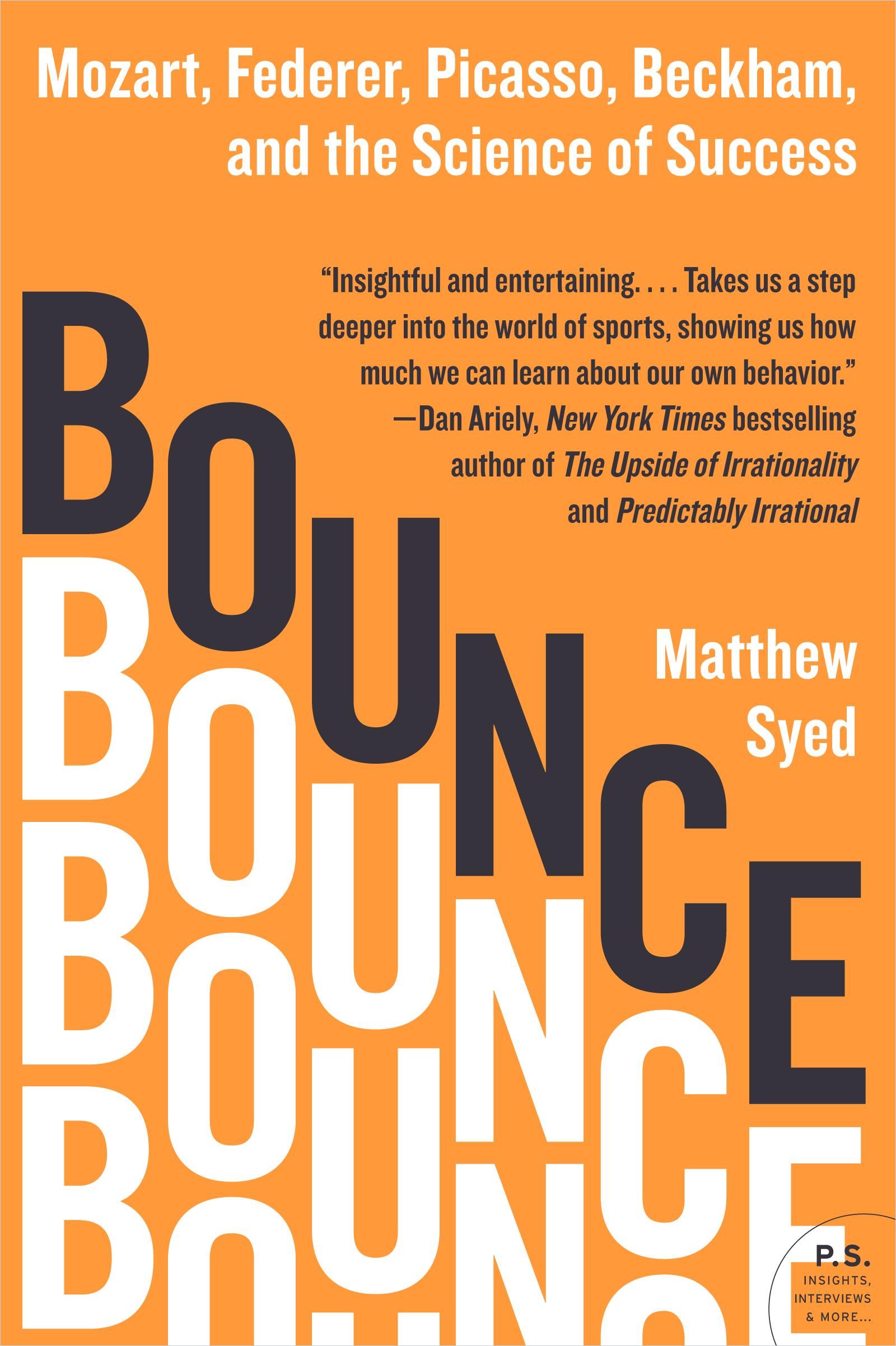
Research shows that the top performers in every field reach the pinnacle of success by relentless practice – 1,000 hours annually over the course of 10 years. As soon as they reach a goal, they set a new one.
The talent myth is disempowering because it causes individuals to give up if they fail to make rapid early progress.
Matthew Syed
Squeeze More Out of Your Day
Best-selling author Kevin Kruse interviewed top performers in 15 Secrets Successful People Know About Time Management, including 13 Olympic champions, to determine how they achieve their spectacular success within the same 24 hours a day that we all have. It’s all about managing their time.
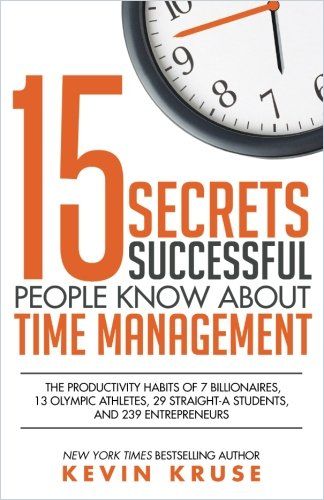
Top performers know that time is their most valuable resource and they don’t squander it. They schedule time to accomplish their “most important tasks” first to stay on track to their larger goals. Tie your goals to your calendar rather than a never-ending to-do list. Remember to also schedule downtime. Olympic soccer player Briana Scurry makes a point of regularly taking days off from intense training in order to maintain perspective and relax. Superstar performers accept their limitations, are clear about their priorities and break down larger goals into smaller, measurable milestones.
Highly successful people don’t think about time much at all. Instead, they think about values, priorities and consistent habits.
Kevin Kruse
Kruse recommends several “procrastination busters,” including imagining the rewards of accomplishing your task or, more motivating to some, the penalties associated with not staying on task.
Flaunt It If You’ve Got It
Historian Amira Rose Davis tells the story of flamboyant track star Florence Griffith Joyner who wore unique tracksuits she designed herself and was known for her long, brightly colored fingernails. A three-time Olympic gold medalist, “Flo Jo” found ways to control her own image and reap the financial rewards that usually come to athletic champions – if they’re white. She built her achievements and style into an unstoppable brand despite the racist conventional wisdom that she wouldn’t appeal to white consumers. Flo Jo paved the way for black women athletes to take charge of their own careers.

From her brand development to her fashion line, from the way her body was policed to her unapologetic fusion of athletic excellence with black femininity, Flo Jo created a playbook for black female athletes who later built brands in their own image.
Amira Rose Davis
Be a Team Player
While leadership consultants Rick Brandon PhD and Marty Seldman PhD write about navigating office politics in Survival of the Savvy, they also remind people how much heart and team spirit matters.
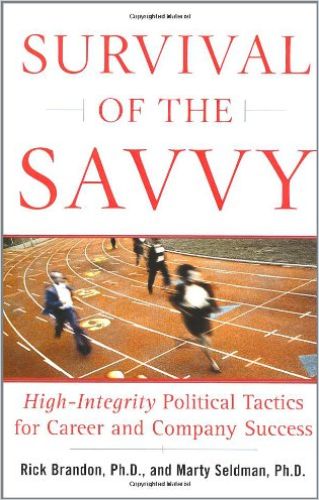
They tell the story of nine Special Olympics contestants who were racing against each other in the 100-yard dash. However, one of them fell at the starting line and began crying. The other eight stopped running, went back and picked him up, and then, arm in arm, all nine crossed the finish line. The fans loved it. More than winning, these Olympians illustrate that what’s most valuable is creating the opportunity for others to win.
Click here for more lessons in leadership from the sports world:





